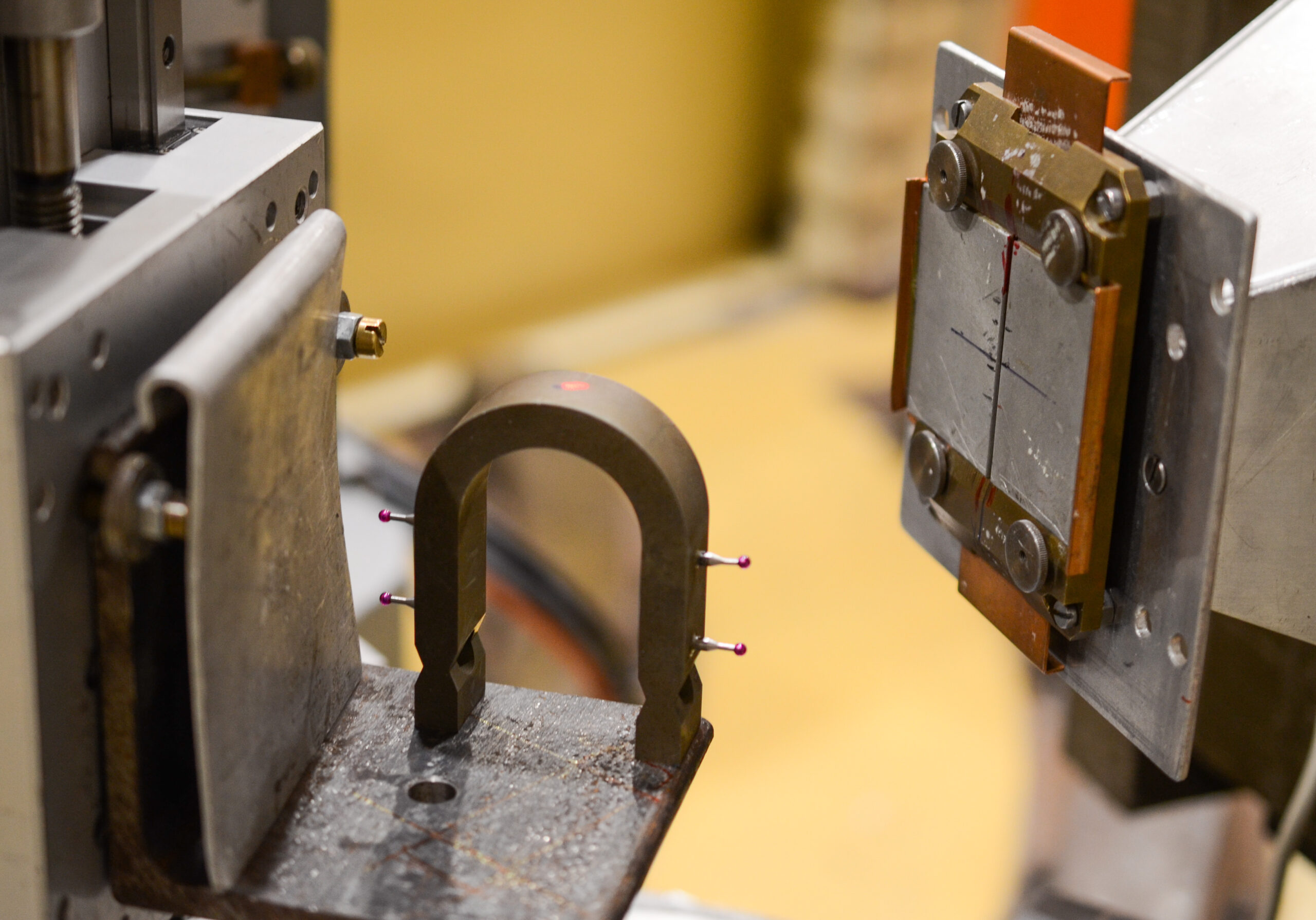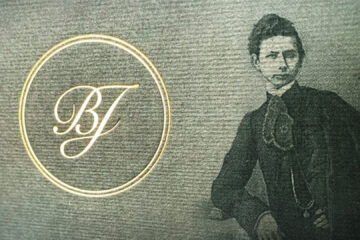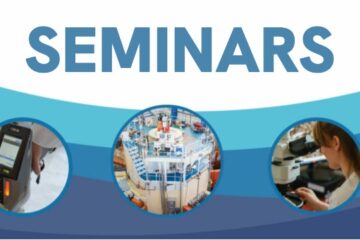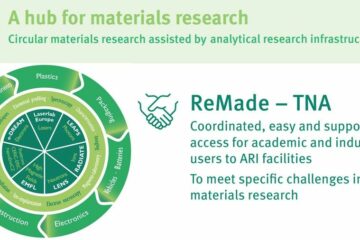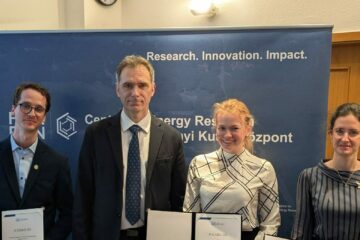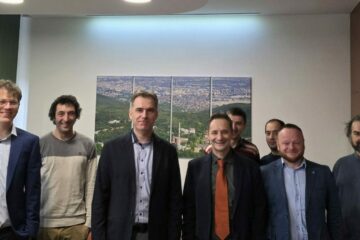European Neutron Scattering Association (ENSA) 2025 Position Paper – Ensuring the Future of European Neutron Science
The BNC fully endorses the recently published 2025 Position Paper of the ENSA, which outlines a strategic vision for a resilient and thriving European neutron science ecosystem. Neutron scattering plays a crucial role in solving Read more
